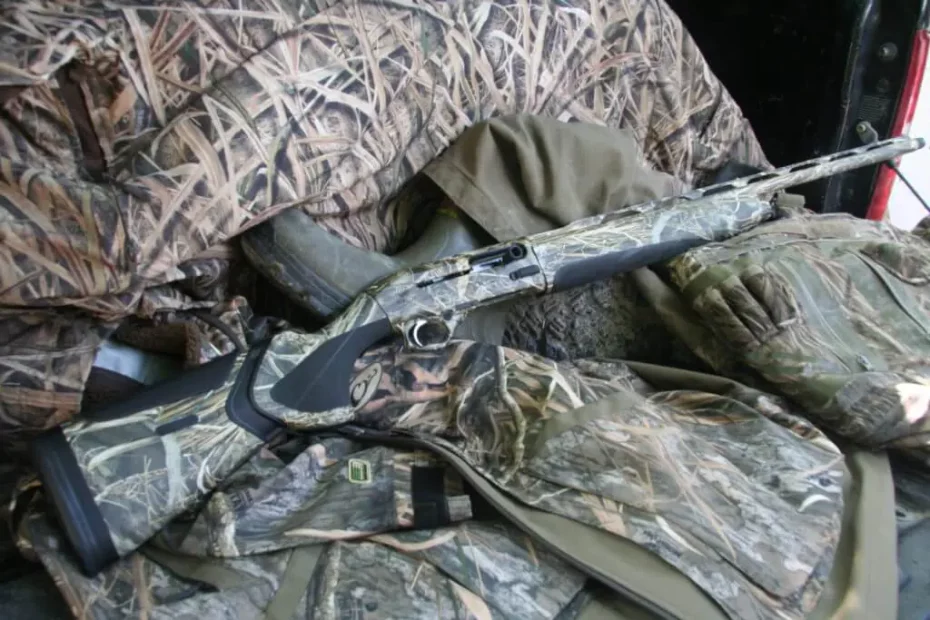Estimated reading time: 7 minutes
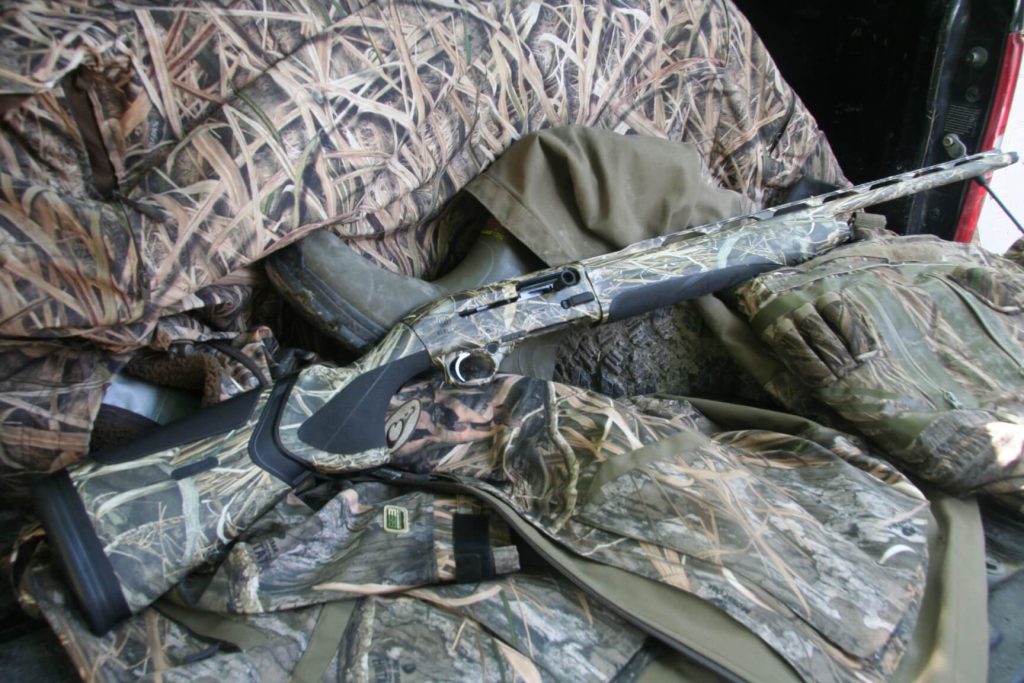
I have shot 12-gauge for most of my life regarding waterfowl. With the exception of my youth when my father bought me a Beretta model 412, 20 gauge single shot. That was a great shotgun for a young kid and many a rabbit, duck, and even a goose met its fate with that shotgun. For lots of reasons, we might consider the downsizing of our waterfowl guns. I know the obvious is the 20-gauge, but don’t forget the 16, 28-gauge, and 410 as possible weaponry.
Table of contents
- Considering Gauge Downsizing
- Beretta A-400: A Recoil-Friendly Option
- READ MORE: Is This The Greatest Carry Gun Ever Made? SIG’s New P210 Carry
- Weight, Performance, and Competitive Hunting
- The Beretta A-400 Extreme Specifications:
- Beretta A-400 Frequently Asked Questions
- Final Thoughts on the Beretta A-400
Considering Gauge Downsizing
Now, let’s delve into the reasons behind considering gauge downsizing. A medical condition called Atrial Fibrillation (AF) prompts this change for me. Others may seek a lighter gun, a semi-automatic in a lighter gauge, reduced recoil, or may simply feel they’ve harvested enough and desire a fair challenge, prompting a gauge change.
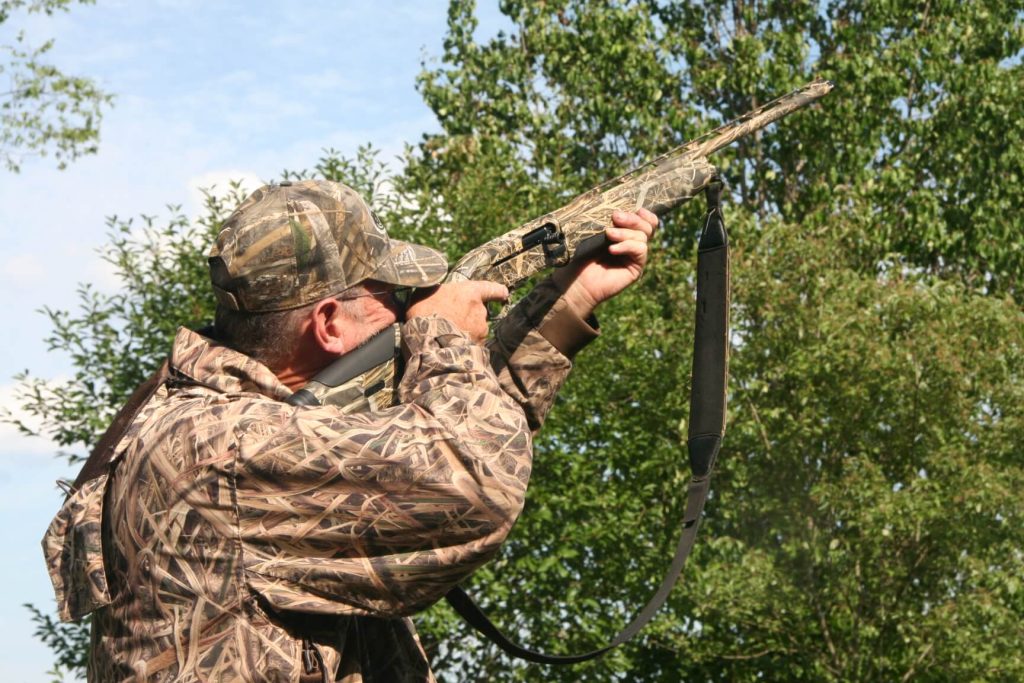
For medical reasons, the recoil can be the big player. Anything from a pacemaker to a recent stint, or by-pass, even back and spine issues or neck problems might instill a desire to keep hunting but with a smaller gauge. While I continue to shoot a 12-gauge even after my AF and with the doctor’s approval, I often wonder what if I caused something to change simply by the recoil produced with my shotgun. Making a change to a light gauge, especially semi-automatic gas recoil made sense to me.
One has to be reminded that many only perceive recoil. I say that because we assume recoil will occur, but don’t understand exactly how it occurs. We measure recoil in foot-pounds. I don’t want to be too detailed here but safe to say that once approaching 25 foot pounds one might start to develop a flinch. Also note that a side-by-side, over-under, or single-shot gun frame will transmit 100% of the recoil to the shooter, while a semi-automatic in either gas or spring, plus recoil reduction stocks and butt plates will absorb some of the recoil.

Beretta A-400: A Recoil-Friendly Option
Recoil is a nemesis of many shooters no matter the target. Heavy waterfowl loads are no exception to the kick one feels upon pulling the trigger. My Browning Wicked Wing 12 gauge (featured here) is gas recoil and has a reasonable kick with heavy loads including 3.5” shells (close to 50 foot-pounds). Don’t get me wrong it does kick and for some enough to cause concern for many of the reasons listed above.
READ MORE: Is This The Greatest Carry Gun Ever Made? SIG’s New P210 Carry
The Beretta A-400 Extreme in a 20 gauge also gas recoil is slightly less in recoil (say just over 30 foot-pounds). That reduction is noticed in most loads from light trap and skeet loads to heavy waterfowl loads. Since we are talking about waterfowl guns the loads are higher and the recoil is increased. In lighter loads, the recoil tends to lessen and only a slight difference is seen between a 12-gauge and 20-gauge. Think about what you will shoot most.
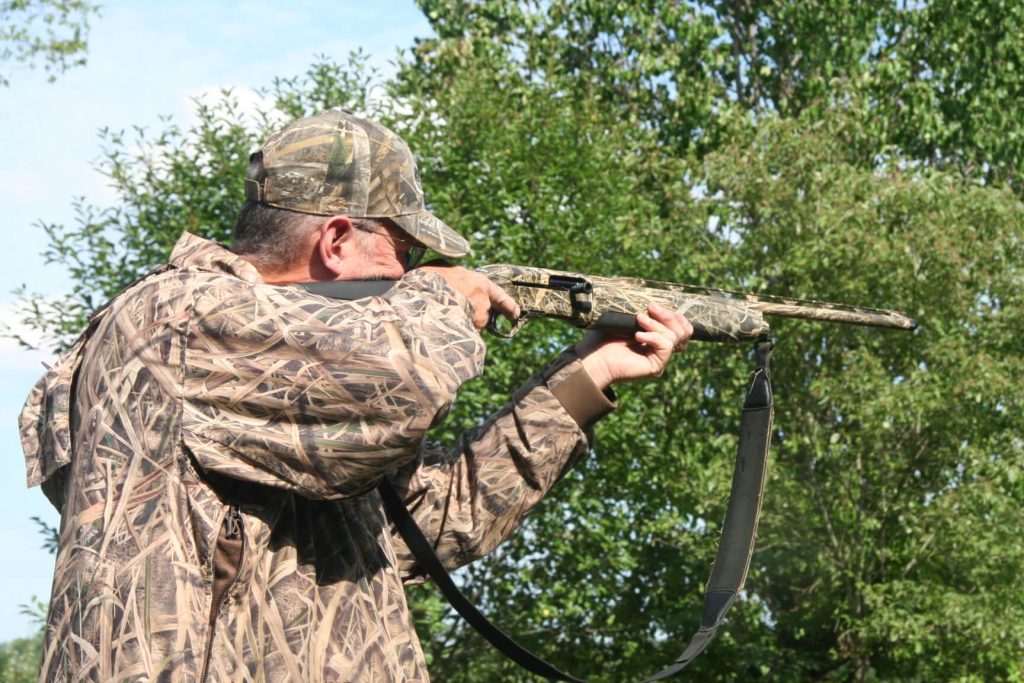
Weight, Performance, and Competitive Hunting
The weight is also a benefit albeit a slight. While I am not comparing two of the same guns I am still confident in saying among semi-automatics, a 20 is less in weight than a 12 gauge. The Browning weighs in at 7.5 pounds while the Beretta is 6.8 pounds. Consider some data suggest that weight has an inverse effect on recoil. Increase the weight of a gun by whatever percentage and an equal reduction in the percentage of recoil will occur.
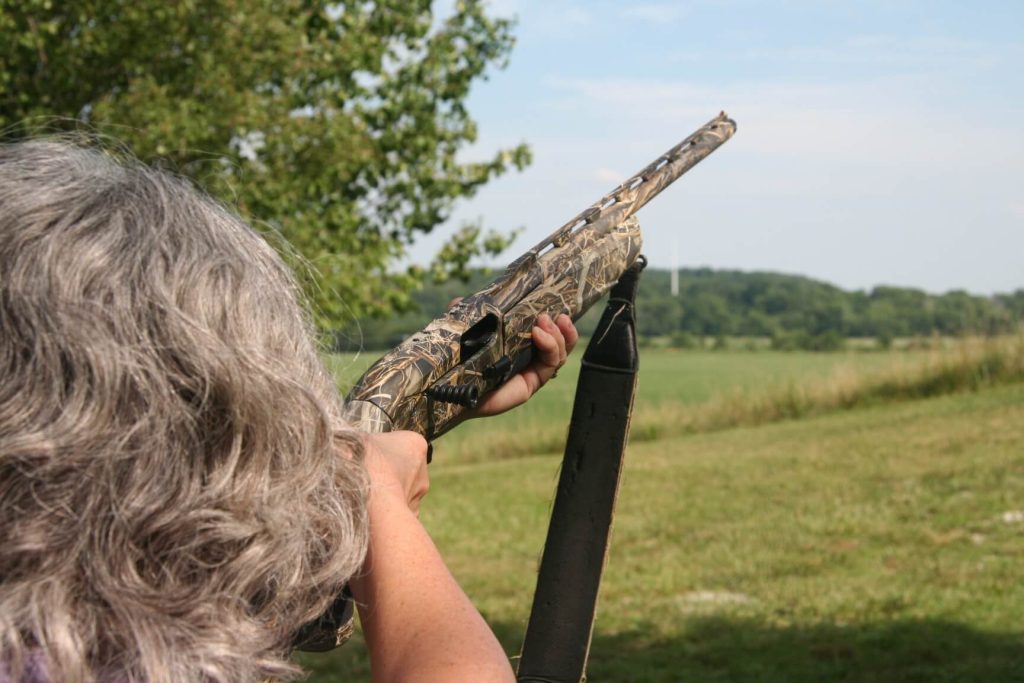
As a final consideration is the idea that downsizing in gauge will perhaps create a more competitive hunt at least in the eye of the beholder. For me the challenge is laid down for me to effectively and within the perimeters I have for me personally to harvest with the skill I have in larger gauges. I love the idea of downsizing so will it stop at the 20-gauge or move to a 28 or even a 410? My shot selection will of course need to be enhanced, but I tend to shoot over the decoys anyway. I see this smaller gauge as nothing short of fun.
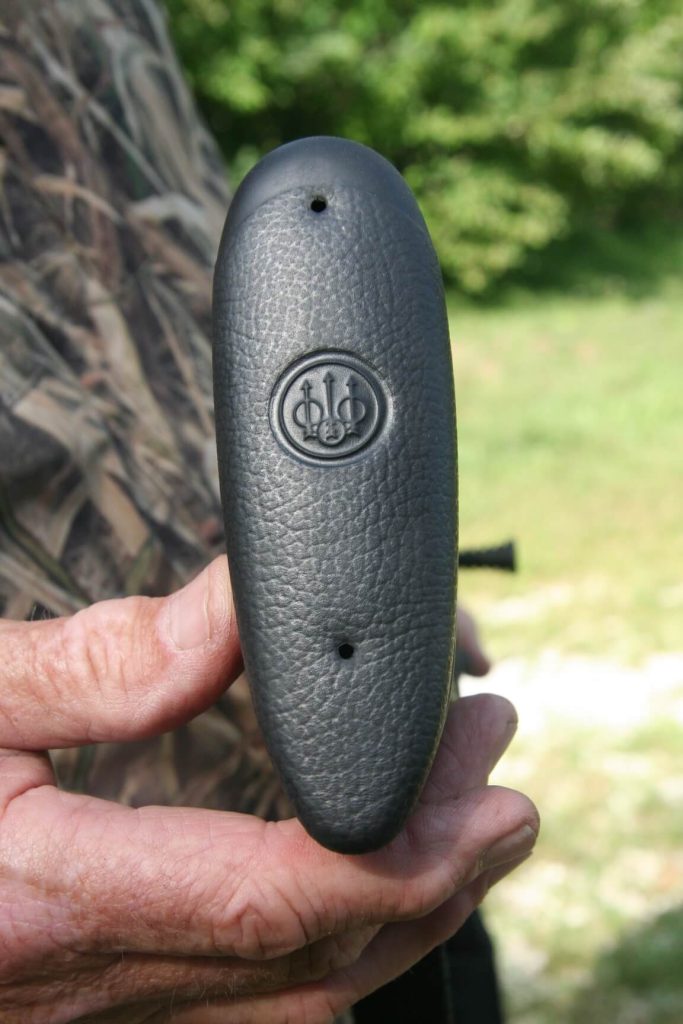
The Beretta A-400 Extreme Specifications:
- 28” barrel also available in 26” and 30”
- Ventilated rib
- 48.5” in length
- 14.5” LOP with a 1” extension
- 1+1 magazine reducer
- Adjustable Length of pull
- Extended charging handle and bolt
- Kick-off Plus recoil reduction
- Reversible safety lock
- Competition enlarged loading port
- Adjustable stock drop and cast
- Aqua-Tech Shield Surface protection
- B-Link gas-operated system
- B-Lock magazine cap
- Steelium Barrel
- 7x7mm step rib with intermediate bead and optic front bead
The A-400 comes with five Optima HP choke tubes including:
- Full – not steel rated
- Improved Modified – not steel rated
- Modified
- Improved Cylinder
- Cylinder
Beretta A-400 Frequently Asked Questions
Q: What is the selling price?
A: The A-400 goes for an MSRP of $2,049.00
Q: What gauges are available for the A-400?
A: It’s available in various gauges, including 12, 20, 28, and .410.
Q: What is the typical barrel length for the A-400?
A: The A-400 typically comes with barrel lengths of 26″, 28″, or 30″, depending on the model.
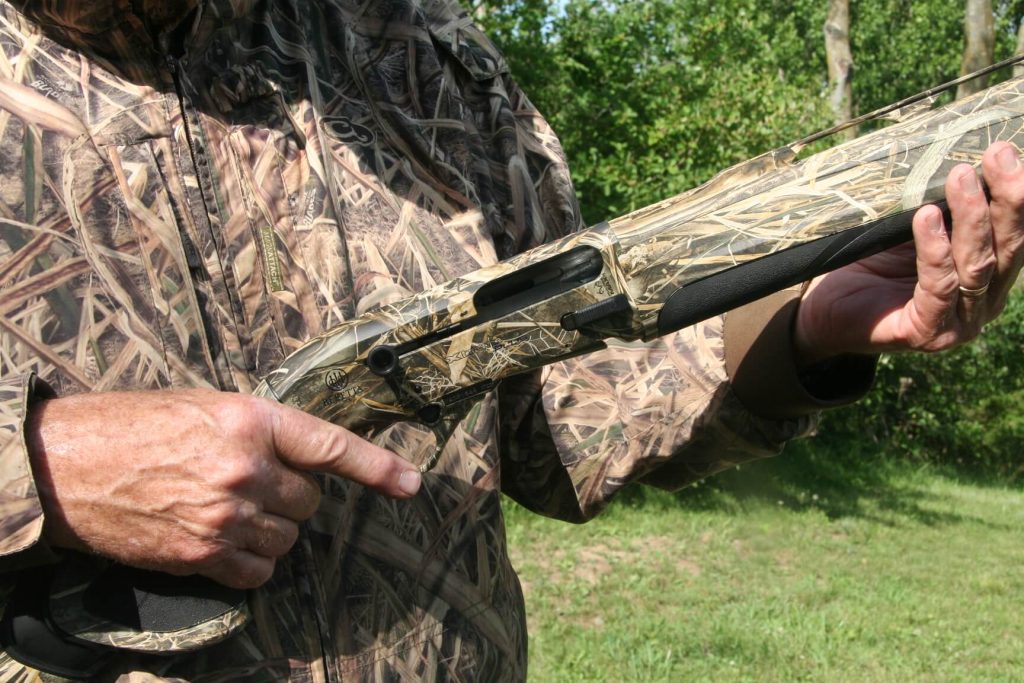

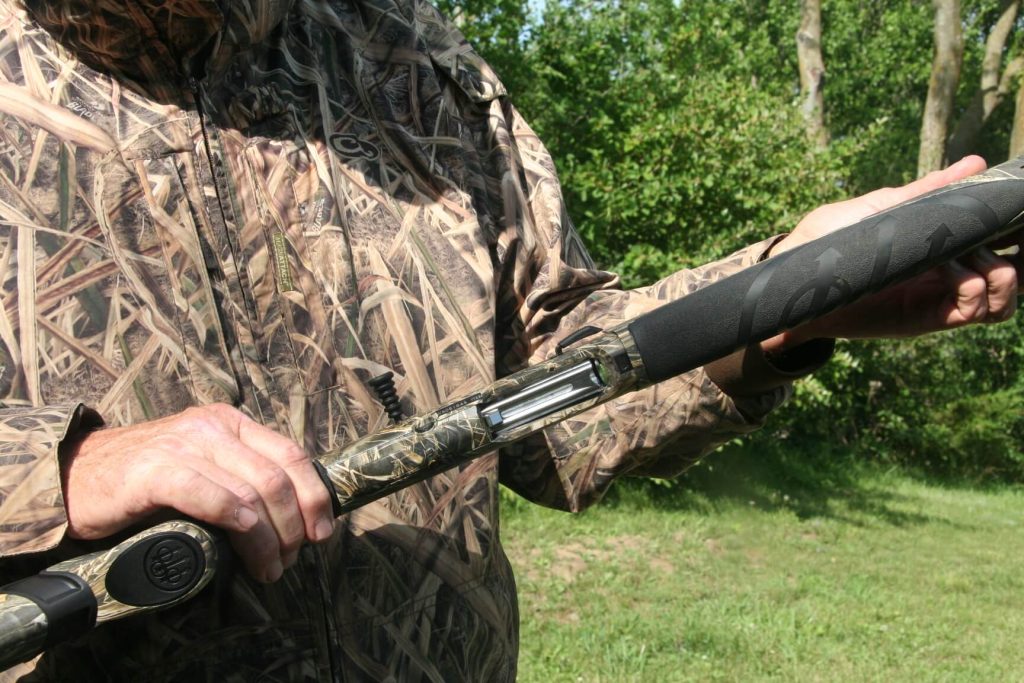
Final Thoughts on the Beretta A-400
Let’s discuss these shells and accept the fact that a 20-gauge one-ounce waterfowl load contains fewer pellets than a 12-gauge waterfowl load. To consider apples to apples let’s take a look at a 20-gauge #4 shell in 3” vs. a 12-gauge #4 in 3”. The 20-gauge has approximately 120 pellets, discharging at 1300 feet per second, while a 12-gauge has 134 pellets firing at 1350 feet per second. About a 10% loss in pellets but reasonably close in velocity.
In conclusion, using a 20-gauge waterfowl gun instead of a 12-gauge may offer only perceived benefits. My ability to shoot killing shots likely will be all about my skill set and not the gun. Give the 20s a try and see if you find advantages that meet your needs and do not diminish your harvest rate.
